The listening cycle series has been co-written by Dirk Slater from Fabriders. Dirk has two decades of experience supporting social justice movements and is a nice guy to boot. You can find him on Twitter @fabrider. You can also find the version of this article on the Fabriders site here.
As we outlined in Part I of this Listening Cycle series, listening can give you an idea of what conversations are happening around different terms used to describe your issue. You can learn a good deal about the people, issues, and conversations that you are interested in by conducting simple searches. However, this method makes it almost impossible to keep up, and for most of us, listening and communications is only one small part of the work we do as social change agents.
We call it a “cycle” because listening isn’t something we should only do at specific points in a campaign. The campaign will evolve as conversations morph over time, through highlights and even lulls. Stories may go viral within different groups, and you’ll want to do your best to keep up. If you are trying to stay on top of – or even change – the conversation about your issue, then real-time tracking or automated listening becomes especially important.
Now that you’ve identified your search terms, such as key stakeholders, influencers, and vocabulary in Part I, let’s talk about tools that you can use to make listening and monitoring conversations about your campaign easier.
The Right Tool for the Job
For this blog post we focused on no-cost tools that organizations use to monitor people and conversations they are interested in. There are plenty of tools out there that you can pay for, and some of the options below have services for pay, but we feel strongly that most of the tools and services you can get for free can meet most of an organizations needs around monitoring. And you should certainly use free services before investing any resources in something you have to pay for. It’s also worth noting that monitoring social media is a highly dynmamic and rapidly changing field; new tools are constantly emerging.
We have left out analytic tools like Facebook Insights, Twitter Analytics, and website analytics tools. Monitoring how your audience is interacting and responding to your messaging is an important part of a healthy breakfast… or, a strategic communications plan. However, knowing how people are responding to your content is different from trying to learn about what conversations you might nit yet be a part of or how to connect with audiences you are not yet engaging.
That is what listening is all about. In other words, monitoring analytics and metrics around your web and social media content is an important conversation, just not one that we are addressing in this blog post.
Online Listening Tools
Listening Dashboards
A tool to use to stay on top of social mentions by creating and customizing with your keywords, searches, and other data, so that you have one place to check for notifications.
- Netvibes – a dashboard that you can create to pull RSS and other new content feeds. Information can be organized into tabs and widgets for easier browsing.
- Sparkwi.se – a powerful open-source tool designed with civil society organizations in mind that can be used as a listening dashboard, as well as a place to create visualizations, and as a storytelling platform.
Note that it is still in Beta, but there are lots of widgets offering a variety of monitoring options. - Storify – functions as a dashboard as it is a place to check for notifications and new content. Storify works well with social networks that do not work so well in Netvibes right now like Instagram. You can collect and save social network posts from the searches that you’ve created into stories to keep track of conversations over time.
New Content Feed
Places to grab RSS feeds for listening. RSS, or Real Simple Syndication, is a feed that you subscribe to in order to be notified whenever new content is published.
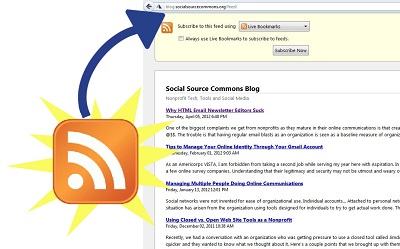
- RSS feeds are available from many blogs, websites, news sites – look for this
 to subscribe.
to subscribe. - Google blog search – search for blog posts and pull an RSS feed from the bottom of the results page.
- Google Alerts – Google Account Required, you can have alerts delivered via RSS feed when new content is published that is relevant to your search terms.
- Bing Search – pull an RSS feed from Bing Search results page by adding “&format=rss” to the end of the results page URL.
Pro Tip:Check out this blog post for more information on adding an RSS feed to a Netvibes dashboard.
Twitter Listening
Tools to use for deeper analysis of stakeholders, followers, topics, and issues on Twitter.
- Hootsuite – set up an account to listen on Twitter through saved lists and searches. Also used for scheduling posts ahead of time.
- Topsy – a search engine powered by tweets. It can be useful for analytics and trends as well.
- Followerwonk – a Twitter analytics tool that lets you explore your social graph.
- Commun.it – analyzes your Twitter community to help you better understand relationships such as influencers and suggests who to follow/unfollow.
- Twopcharts – can be used to find the most influential active Twitter users for cities around the world, as well as for widely spoken languages.
- Tweetlevel – can be used to search and analyze Twitter data around topics, hashtags, links, and users.
This can be especialy useful when digging into web traffic analytics because it can be hard to know what link people follow to get to your site from social media.
- Facebook – search allows you to use hashtags, similar to Twitter, but it will also let you search for keyword searches and also for people. One thing to keep in mind when searching on Facebook, however, is that people’s personal privacy settings trump everything else. So, searching on Facebook may not produce the most robust or accurate results.
Putting it all Together
Once you’ve tested out some of these tools and see how they might work for you, provide insight, and answer questions about the people and conversations you are trying to connect with online, then the real fun begins.
- Remember:
- Listen online to the keywords, people and issues you’ve identified
- Identify opportunities
- What topics are people talking about along with your issue?
- What are people saying about your organization? Your People? Your Issue?
- What vocabulary are people using?
- How does it differ?
- Who is talking about your issue?
- Who is connecting with you?
- Who is a big influence on the conversation that you want to be a part of?
- Incorporate into you communications strategy
- Connect with influencers
- Share the other’s work and thoughts, crediting them of course
- Use language, style, and frequency of messaging that seems to work to engage your stakeholders.
- Keep listening to see how it is working
- Practice and improve
- Some ways to incorporate what you learn from listening include:
Special Thanks
A very heartfelt and special thanks to the community of online listeners who have shared their tools and best practices with us in order for us to share with you. We are especially grateful to Matt Fitzgerald and the team at Upwell, as well as to Susan Tenby, the Online Community and Social Media guru at Caravan Studios, for their commitment to listening and sharing best practices with the community.
Have a favorite social media monitoring tool or tip you’d like to share? Leave a comment or send us a tweet! We’ll be listening!

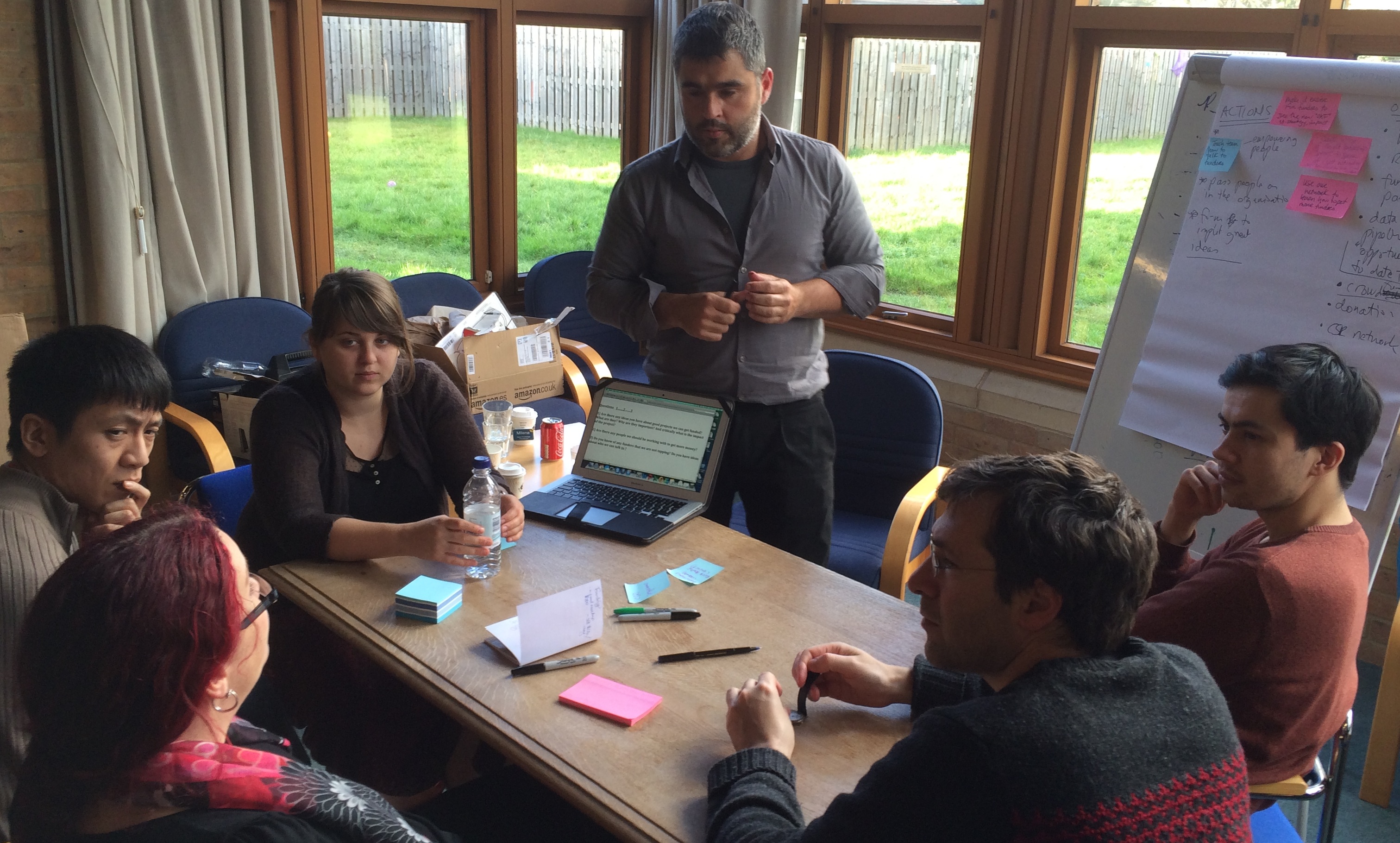
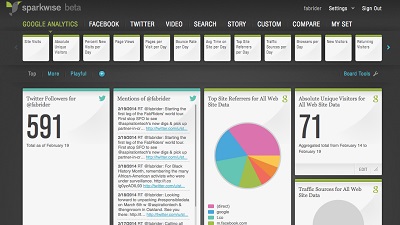
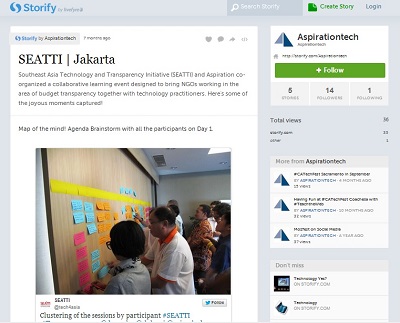
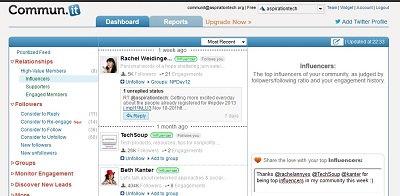







Recent Comments